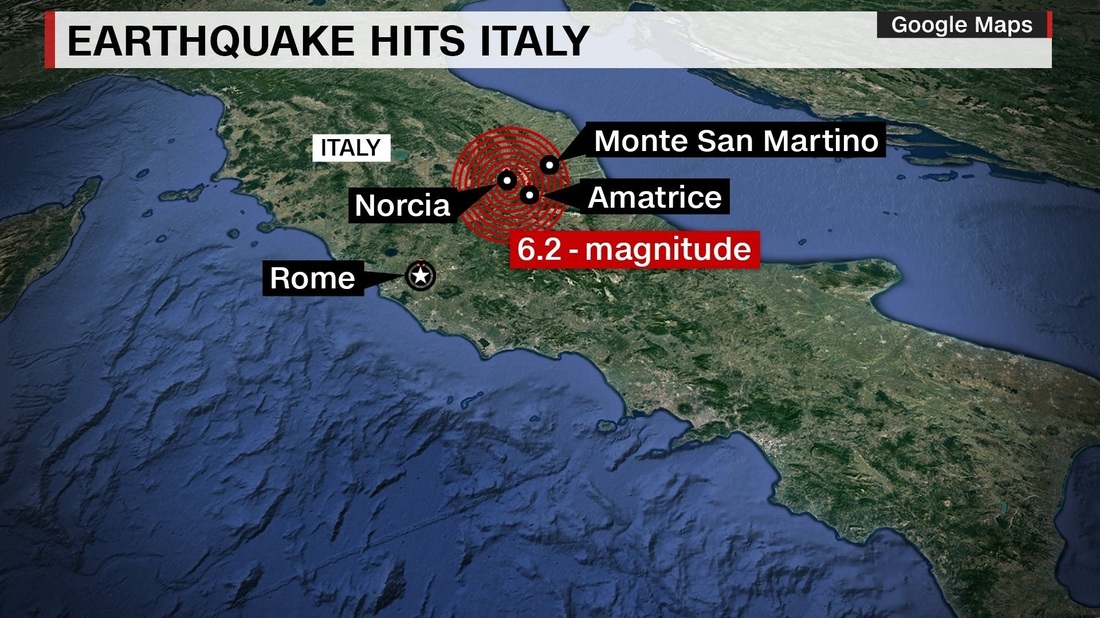|
Two events, at very different scales, from the past week remind me of how humans remain at the mercy of the natural world. Firstly, the tragic deaths of five young men who were apparently enjoying a game of beach football on one of the sand bars at Camber Sands in East Sussex, shortly before becoming overwhelmed by the incoming high tide. Secondly, the horrific loss of some 300 lives caused by the 6.2 magnitude earthquake that struck the towns of Amatrice and Accumoli and the surrounding area in Italy's central region.
For geographers there are also issues behind these stories to consider. The tides are particularly dangerous at this time of the year around Britain's coastline, due to a combination of the approaching equinox and the lunar cycle of spring tides. But, are the authorities doing enough to communicate the risk to holidaymakers not familiar with the local conditions? Is it acceptable that cost-cutting has led to the removal of lifeguards from beaches such as Camber Sands? And, who is ultimately accountable for public safety? The destruction of so many churches and medieval buildings in central Italy that lacked modern earthquake-proofing measures, and the appalling consequence on loss of life, should serve as a wake-up call to the world's richest economies. For even in these countries, a combination of insufficient building regulations, inadequate investment, denial of the hazard risk, and the undoubted complexity of retrofitting older buildings, are contributing to an unacceptably high loss of human life. This needs to change. Leave a Reply. |
Author: Peter LoweI am particularly interested in the geographical dimension to conflicts, as well as the geographical aspects to development and globalisation issues. Archives
April 2019
Categories |
Proudly powered by Weebly

 RSS Feed
RSS Feed